How Mats Happen
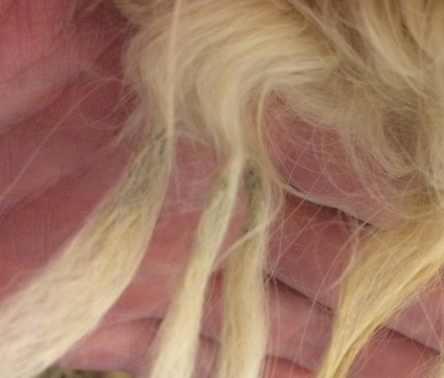 A mat is a tangled mass of fur, held together and interwoven with dirt, debris, fibers & more hair. A dog’s hair shafts actually resemble a briar bush – a single strand can have many small “barbs” – though some types of coats can be rougher or smoother, depending on the breed. Other factors in creation of a mat are dirt, static, moisture, & friction.
A mat is a tangled mass of fur, held together and interwoven with dirt, debris, fibers & more hair. A dog’s hair shafts actually resemble a briar bush – a single strand can have many small “barbs” – though some types of coats can be rougher or smoother, depending on the breed. Other factors in creation of a mat are dirt, static, moisture, & friction.
Particularly common areas for mats to occur are on areas where friction is present: behind the ears, inner thighs, the rear, under the legs, chest and around the collar/harness area.
Mats occur due to a lack of brushing. Depending on your dog’s breed and coat type, some need to be brushed on a daily basis. As the tangle starts to form, it is joined by dirt, dust, and other debris, which, if not taken care of immediately, will grow in size & density and cause discomfort to your dog.
Mats & Moisture
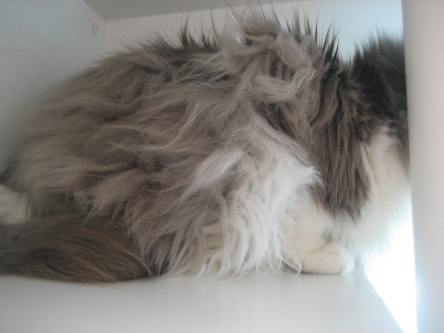 If your pet is already starting to tangle, the slightest amount of moisture can make it almost impossible to remove, especially with certain coat types.
If your pet is already starting to tangle, the slightest amount of moisture can make it almost impossible to remove, especially with certain coat types.
If a coat that is tangled is then damped and allowed to dry without brushing or blow-drying (i.e., air dried), the mat will act like your favorite wool sweater in the dryer – the fibers & hair holding the tangle together will shrink & become extremely tight. At this point, combing out the mat will be extremely uncomfortable on your pet, and potentially cause them pain. Your only alternative, at this point, is to shave out the offenders and start over. If the matting becomes too tight, it can start to pull the fur out of the skin, creating a very painful bald spot.
Brushing & De-Matting
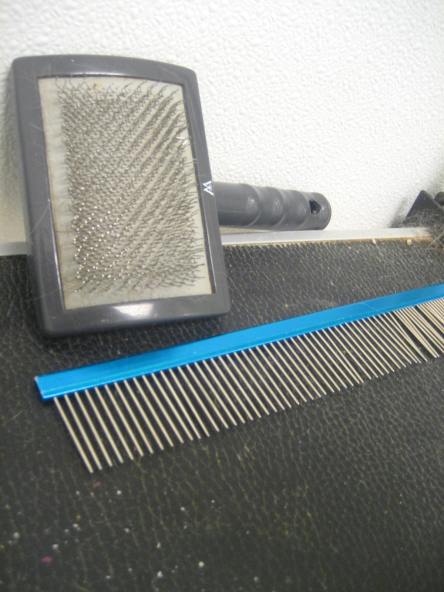 Always use a comb when brushing out your dog, as a brush-style will only take care of the top part of your dog’s coat. Make sure that you comb all the way to the base of your dog’s coat as mats can be hidden from view by the top portion of fur.
Always use a comb when brushing out your dog, as a brush-style will only take care of the top part of your dog’s coat. Make sure that you comb all the way to the base of your dog’s coat as mats can be hidden from view by the top portion of fur.
To lessen any pulling of the skin, use a slicker brush & comb with a “picking” motion, starting at the top of the mat (not at the base near the skin). In tiny strokes, flick your comb upwards, breaking apart clumps of the tangle and gradually moving downwards as the mat loosens. Hold the mat at the base, near the skin, to reduce discomfort to your pet by all the pulling.
“Dreadlock” type mats should be clipped out, rather than being brushed & de-matted, in order to lessen discomfort & pain in your pet. Keep in mind that dogs, if equated to humans, have the mentality of a two-year-old, and will react as such when confronted with a painful experience. Daily brush outs will be extremely helpful in keeping tangles from becoming full-blown mats. Condition your dog to like brushing by using encouragement & treats!
 plan for when a big emergency hits so that we can just up and go. However, very few people have one for their pets. There are somethings that you should have on hand for an emergency. Here’s a quick list to reference to:
plan for when a big emergency hits so that we can just up and go. However, very few people have one for their pets. There are somethings that you should have on hand for an emergency. Here’s a quick list to reference to:

 , a vet, the animal shelter, or a groomer. Now that you have an idea of whether it needs a haircut or just a bath more questions have popped up. Like how often should my dogs hair be cut? How often does it need a bath? Should I cut it’s nails? What do I do in between my dogs appointments?
, a vet, the animal shelter, or a groomer. Now that you have an idea of whether it needs a haircut or just a bath more questions have popped up. Like how often should my dogs hair be cut? How often does it need a bath? Should I cut it’s nails? What do I do in between my dogs appointments? Find someone who will work with your pet if they are a little bit scared or if you want a particular style.
Find someone who will work with your pet if they are a little bit scared or if you want a particular style.
 requent nail trims. If the quicks are too long, the best way to get them back is to get a nail trim every 2 to 3 weeks. Some groomers offer two different ways to cut your pet’s nails: there’s the more traditional way of using just a pair of nail clippers and the other alternative is dremmeling the; more groomers are leaning towards this method. Both ways are effective.
requent nail trims. If the quicks are too long, the best way to get them back is to get a nail trim every 2 to 3 weeks. Some groomers offer two different ways to cut your pet’s nails: there’s the more traditional way of using just a pair of nail clippers and the other alternative is dremmeling the; more groomers are leaning towards this method. Both ways are effective. a bunch by introducing pet dye. Personally I love that there is an option to spice up my dogs coat. But there are some pro and cons with dyeing your pet, you first must make sure that it is pet safe dye that you are using. Some people think that dying your pet is awesome and some people think its cruel, the most important thing to remember is the safety of your pet if you decide to add some color.
a bunch by introducing pet dye. Personally I love that there is an option to spice up my dogs coat. But there are some pro and cons with dyeing your pet, you first must make sure that it is pet safe dye that you are using. Some people think that dying your pet is awesome and some people think its cruel, the most important thing to remember is the safety of your pet if you decide to add some color.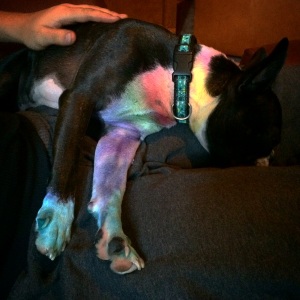 way is to use Manic Panic or Kool- Aid, I’ve used dog friendly blow pens, chalk, Manic Panic, and gel. While personally I prefer the blow pens since they only last about a week or so, Manic Panic is more permanent choice which usually lasts about 2 weeks. My boys are used for events for my work all the time, Dipper my Boston Terrier loves being dyed and will strut his stuff for anyone watching as long as he has a little more color in his coat.
way is to use Manic Panic or Kool- Aid, I’ve used dog friendly blow pens, chalk, Manic Panic, and gel. While personally I prefer the blow pens since they only last about a week or so, Manic Panic is more permanent choice which usually lasts about 2 weeks. My boys are used for events for my work all the time, Dipper my Boston Terrier loves being dyed and will strut his stuff for anyone watching as long as he has a little more color in his coat.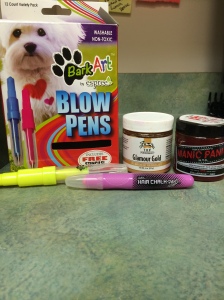
 Nowadays you’ll see dogs looking like tigers, pandas, people chose certain themes just like we put a bunch of hearts on my co-workers dog.
Nowadays you’ll see dogs looking like tigers, pandas, people chose certain themes just like we put a bunch of hearts on my co-workers dog.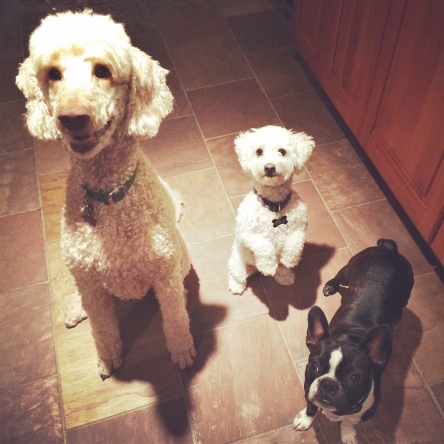 I like to think that I’m a pretty experienced baker but have never tried making treats for my dogs. I found a couple of good, healthy, and potentially grain free recipes to try out. So for this trial round I’m going to try a peanut butter sweet potato treat that makes roughly 2 dozen cookies.
I like to think that I’m a pretty experienced baker but have never tried making treats for my dogs. I found a couple of good, healthy, and potentially grain free recipes to try out. So for this trial round I’m going to try a peanut butter sweet potato treat that makes roughly 2 dozen cookies.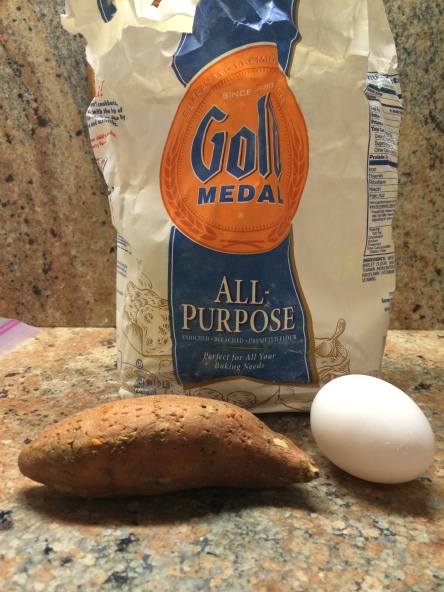
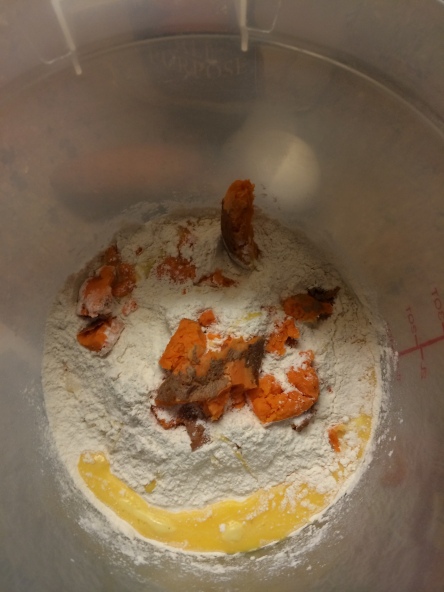
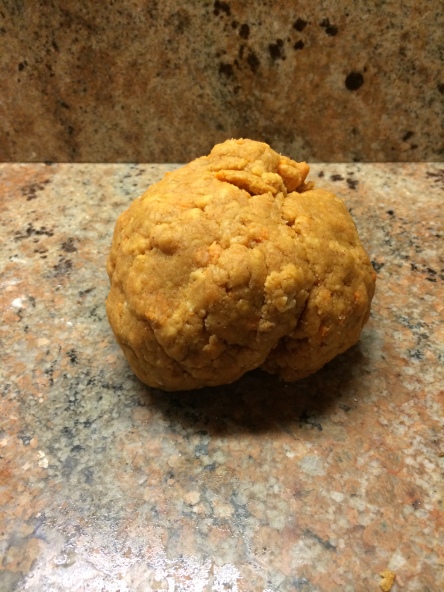

 A mat is a tangled mass of fur, held together and interwoven with dirt, debris, fibers & more hair. A dog’s hair shafts actually resemble a briar bush – a single strand can have many small “barbs” – though some types of coats can be rougher or smoother, depending on the breed. Other factors in creation of a mat are dirt, static, moisture, & friction.
A mat is a tangled mass of fur, held together and interwoven with dirt, debris, fibers & more hair. A dog’s hair shafts actually resemble a briar bush – a single strand can have many small “barbs” – though some types of coats can be rougher or smoother, depending on the breed. Other factors in creation of a mat are dirt, static, moisture, & friction. If your pet is already starting to tangle, the slightest amount of moisture can make it almost impossible to remove, especially with certain coat types.
If your pet is already starting to tangle, the slightest amount of moisture can make it almost impossible to remove, especially with certain coat types. Always use a comb when brushing out your dog, as a brush-style will only take care of the top part of your dog’s coat. Make sure that you comb all the way to the base of your dog’s coat as mats can be hidden from view by the top portion of fur.
Always use a comb when brushing out your dog, as a brush-style will only take care of the top part of your dog’s coat. Make sure that you comb all the way to the base of your dog’s coat as mats can be hidden from view by the top portion of fur.